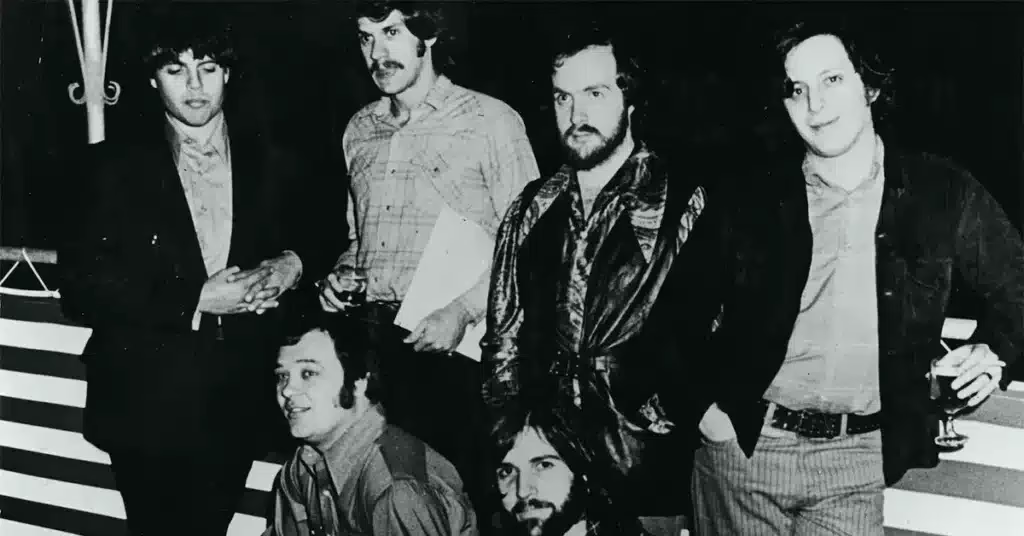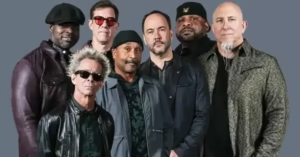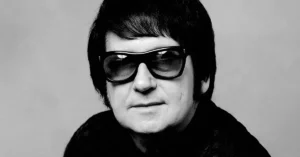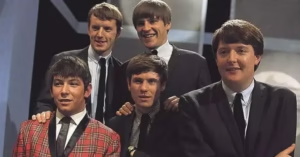Blood, Sweat & Tears: Jazz-Rock Fusion with Brassy Power
Blood, Sweat & Tears. Formation and Vision
Blood, Sweat & Tears (BS&T) was formed in 1967 in New York City by:
- Al Kooper – Keyboards, vocals, founder (formerly of The Blues Project)
- Steve Katz – Guitar
- Jim Fielder – Bass
- Bobby Colomby – Drums
- Plus a full horn section, central to their identity
Their goal was to fuse rock, jazz, and blues with a big-band brass section, a radical concept at the time. Their sophisticated arrangements and technical skill set them apart from typical rock bands of the era.
Blood, Sweat & Tears. Debut Album: Child Is Father to the Man (1968)
Al Kooper led the band’s debut — moody, soulful, and orchestral, it was more of a psychedelic jazz-pop experiment.
Highlights:
- “I Love You More Than You’ll Ever Know” – Soul-drenched and brooding
- “My Days Are Numbered”
- “I Can’t Quit Her”
Though it didn’t produce major hits, critics praised its ambition and originality. Kooper was soon forced out of the group due to internal tensions.
Blood, Sweat & Tears. Breakthrough: Blood, Sweat & Tears (1968)
Kooper’s departure ushered in David Clayton-Thomas, a powerful Canadian vocalist, and the band rebooted with a more accessible, radio-friendly sound — retaining the horns but adding pop polish.
✦ Blood, Sweat & Tears (1968)
Their self-titled second album became a massive hit, earning them:
- Grammy Award for Album of the Year (1970)
- #1 on Billboard
- Multiple charting singles
Signature tracks:
- “Spinning Wheel” – Funky, jazzy, philosophical
- “You’ve Made Me So Very Happy” – A soul classic reinvented with brassy joy
- “And When I Die” – Laura Nyro’s song, made into a rock-jazz staple
- “God Bless the Child” – Billie Holiday cover with orchestral drama
The album went quadruple platinum and made them one of the most popular bands in America.
Blood, Sweat & Tears. Artistic Ambition and Challenges (1969–1972)
✦ Blood, Sweat & Tears 3 (1970)
- Continued the formula with hits like “Hi-De-Ho” (written by Carole King)
- But received mixed critical response for being too polished and lacking edge
✦ B, S & T 4 (1971)
- Featured “Go Down Gamblin’”
- Rocked harder but was less successful commercially
Their popularity began to wane as tastes shifted and internal lineup changes disrupted creative flow. They faced criticism for accepting a U.S. State Department-sponsored tour behind the Iron Curtain, seen by some as politically problematic during the Vietnam War era.
Blood, Sweat & Tears. Later Years and Lineup Changes
BS&T became a revolving door of musicians, with over 150 members passing through over the decades. Key figures included:
- Jerry Fisher – Replaced Clayton-Thomas on vocals in the 1970s
- Jaco Pastorius – Played bass briefly before joining Weather Report
- Tom Malone, Lew Soloff, and Randy Brecker – Noted jazz horn players
Albums like New Blood (1972) and No Sweat (1973) explored progressive jazz rock, but never matched earlier success.
David Clayton-Thomas returned several times, including for tours in the late 1970s and beyond.
VI. Legacy and Influence
Blood, Sweat & Tears are known for:
- Popularizing jazz-rock fusion before Chicago or Steely Dan
- Merging brass, rock, and soul into a coherent mainstream sound
- Showcasing virtuoso musicianship and innovative arrangements
Influenced artists include:
- Chicago (who took their brass-rock formula further commercially)
- Tower of Power
- Steely Dan
- Phish and other jam bands with jazz elements
VII. Interesting Facts
- They performed at Woodstock 1969, though footage was withheld for decades
- “Spinning Wheel” was nominated for Record of the Year at the Grammys
- Their decision to cooperate with the U.S. government led to counterculture backlash, harming their “cool” status
- David Clayton-Thomas was once banned from entering the U.S., temporarily stalling tours
VIII. The Band Today
The band has continued to tour in various lineups, including one led by drummer Bobby Colomby (only founding member involved), who maintains rights to the name.
In 2020, the documentary “What the Hell Happened to Blood, Sweat & Tears?” explored their controversial 1970 Eastern European tour and its fallout.




